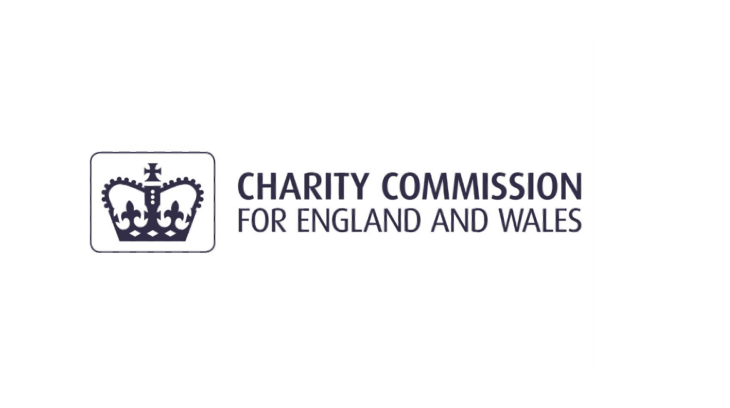Our Charitable Objects have changed
- Organisation
- Strategy

There may be a few eagle-eyed among who have noticed a recent update to our charitable objects – both on our Charity Commission listing and our Governance page.
It’s a relatively small adjustment which does not affect what we actually do in any way. However, we felt it not only appropriate, but important to bring your attention to these changes and to explain why we’ve made them.
A charity’s objects are a statement of its purpose
An organisation’s charitable objects define its purpose. They communicate what a charity does and who it is aiming to help. They are set out at the creation of any charity, registered with the Charity Commission and should be used to guide an organisation, preventing it from veering too far from what it has been legally approved to do.
At the time of our founding, our charitable objects were established as:
1. To relieve those living in conditions of need, hardship or distress, suffering from mental or physical disability or the effects of poverty or sickness by the provision of music therapy and to advance education by the provision of introductory music therapy training for individuals working with such persons.
2. To promote communication, support and networking for and between those receiving education in new area of work.
However, while the essence of these is largely unchanged, we felt there was a need to update the language used to better capture the clarity we have with how we work today and to reflect contemporary thinking.
Language itself is a phenomenon that evolves and varies over time in response to cultural shifts
Erin E Andrews (The evolution of disability language: Choosing terms to describe disability 2022)
We are living in a time of “culture wars”, where the wording and language used to describe communities and the people within them is keenly discussed, debated and politicised. Whatever one’s views on the heat of some of these conversations, there has undeniably been a shift in the language we use to refer to people with disabilities.
One of our key strategic goals for the next three years is to ‘Embrace a culture of continuous improvement with an emphasis on learning from others’. In our strategy document we expand on this point:
“We’ve been doing this for a long time, so it’s important we don’t get stuck in our ways. These are times of change and shifting cultural perspectives and we want to embrace opportunities to improve.”
For example, take the word “suffering” from our original objects. While it was acceptable at the time (in 1998) and clearly meant with no negative connotation, referring to disabilities in this way is outdated. You are more likely to hear about people “living with” a disability or challenge. We certainly no longer use the word “suffering” in our day-to-day work, so shouldn’t we change the language in our Charitable Objects too?
Put simply, things have moved on, so it’s only right that we do too. So we wanted to let you know that the Charity Commission have approved new charitable objects for Music as Therapy International.
These are:
The advancement of health, well-being and social inclusion of individuals, groups and communities who are challenged by disability, illness or injustice in any part of the world through:
a) The targeted use of music
b) The provision of training, resources and support for individuals working with such persons
c) The advancement of the education of the public concerning music therapy and the targeted use of music within care
Importantly, this doesn’t mean we’re changing what we do.
Over more than 25 years we’ve built a reputation for integrity and best practice and we’re constantly exploring ways we can improve our operations and governance. This update to the official way we talk about our work simply contemporises the language of our objects.
We feel they now better describe our activities and approach and bring them in line with contemporary – and our – thinking. We hope you agree.
